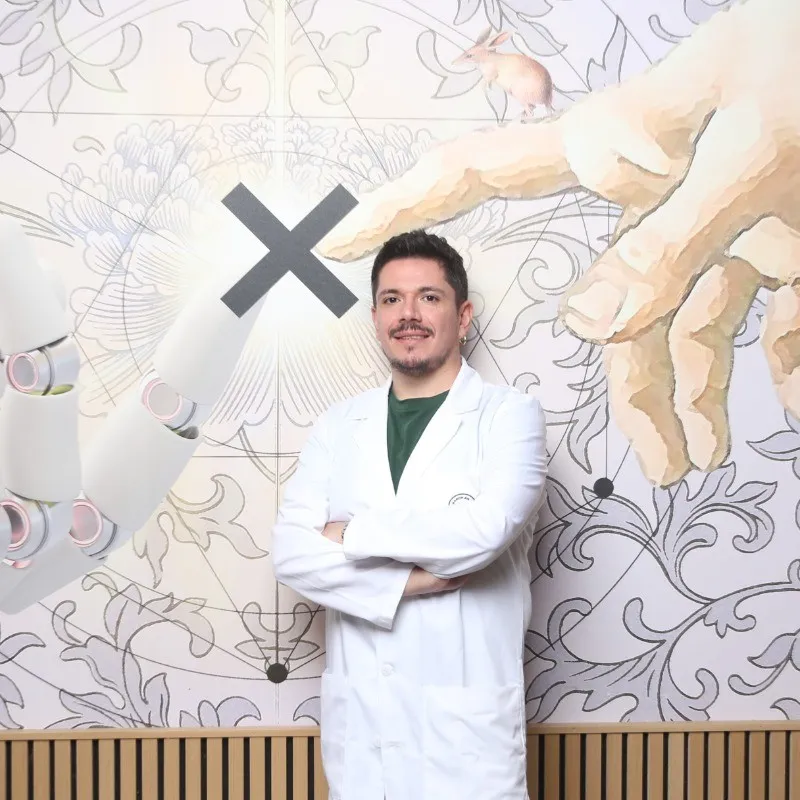
What’s Going on with Red Dye No. 3?
For decades, Red Dye No. 3 has colored everything from candies to baked goods, but recent regulations are pushing it off the shelves. Why? A study on rats from the 1990s linked it to thyroid issues—but at doses far beyond what humans would ever consume. So, why do we see this regulation as a step forward?
If you've been seeing news about California banning Red Dye No. 3 (erythrosine) and wondering what all the fuss is about, here’s a simple breakdown. It all traces back to a 1990 study on rats (Jennings et al., 1990) that found this dye could affect the thyroid, a gland responsible for regulating many essential functions in the body.
What Did the Study Find?
🔹 Thyroid hormone changes – Rats that consumed large amounts of erythrosine showed altered levels of hormones that regulate the thyroid. Essentially, their bodies got confused about how much hormone to produce.
🔹 Blocking a key enzyme – The dye prevented the body from properly converting one thyroid hormone (T4) into its active form (T3). As a result, the thyroid gland received signals to work overtime.
🔹 Thyroid tumors? – Since the thyroid was constantly overstimulated, the rats developed a higher risk of abnormal growth in that area (hyperplasia and tumors).
Is This a Problem for Humans?
That’s the million-dollar question. The study was conducted on rats, not humans, and the doses of erythrosine they received were ridiculously high.
To put it into perspective:
✅ The lowest dose in the study was 300,000 times higher than what a person would normally consume.
✅ The highest dose was 2.4 million times higher.
It’s like comparing the effect of drinking a glass of water to jumping into a pool filled with water—context matters.
Should We Be Worried?
There’s no direct evidence that Red Dye No. 3 causes health issues in humans at normal consumption levels, but the FDA decided the industry shouldn’t take the risk—and that’s a good thing.
These regulatory changes might spark debate, but we celebrate them because they push the food industry to innovate. It’s not just about replacing an ingredient like color or flavor—it’s about creating alternatives that improve people’s quality of life.
That’s what we do at NotCo. We have the technology to find better alternatives. Our science and technology team uses Giuseppe, our proprietary AI platform, to analyze and develop safer, more natural substitutes for Red Dye No. 3. We can make food that’s delicious, visually appealing, and worry-free.
Why not?
By: Rodrigo A. Contreras, Ph.D
Scientific Research Sr. Manager, The Not Company.
References
Jennings, A. S., Schwartz, S. L., Balter, N. J., Gardner, D., & Witorsch, R. J. (1990). Effects of oral erythrosine (2',4',5',7'-tetraiodofluorescein) on the pituitary-thyroid axis in rats. Toxicology and Applied Pharmacology, 103(3), 549–556. https://doi.org/10.1016/0041-008X(90)90327-Q



.png)
.png)



